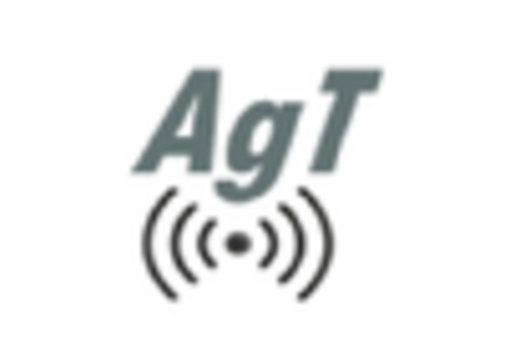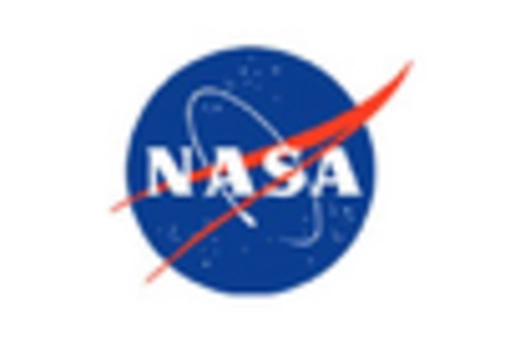The US Space Agriculture Market is witnessing rapid expansion, driven by the growing need for sustainable food production methods that can thrive in extraterrestrial environments. This sector is characterized by fierce competition among various players who are innovating in areas such as hydroponics, aeroponics, and other advanced agricultural technologies aimed at improving food production efficiency in space. As space agencies, private companies, and research institutions increasingly invest in space exploration and develop innovative agricultural solutions, understanding the competitive landscape becomes crucial for stakeholders.
The market is not only influenced by advancements in agricultural science but also shaped by strategic partnerships, collaborative research initiatives, and emerging technologies that enhance productivity while addressing food security challenges in space missions. AgriTech Tomorrow has carved out a significant niche in the US Space Agriculture Market by emphasizing innovations that cater specifically to the challenges of growing food in microgravity environments. The company focuses on developing efficient cultivation systems that utilize minimal resources while maximizing yield. This is particularly vital for long-duration space missions where resupply from Earth is unfeasible.
AgriTech Tomorrow's strengths lie in its strong research foundation and a collaborative approach that fosters innovative experiments in growing crops in harsh conditions. By actively engaging with space agencies and universities, the company has reinforced its position as a thought leader in the industry. Its commitment to sustainability and food security ensures that it remains at the forefront of agricultural advancements designed for space applications.On the other hand, XPRIZE Foundation plays a pivotal role in the US Space Agriculture Market through its initiatives that incentivize innovation in sustainable agricultural practices designed for space.
By organizing competitions and challenges, XPRIZE Foundation encourages teams of scientists and entrepreneurs to develop cutting-edge solutions for food production in extraterrestrial environments. Their focus on technology-driven outcomes has led to breakthroughs in closed-loop agricultural systems that support life sustenance off-planet. Through strategic partnerships and collaborations within the space sector, XPRIZE Foundation amplifies the impact of its initiatives, promoting advancements in areas like vertical farming, waste recycling, and resource optimization. While the organization primarily focuses on awards and grant mechanisms, its influence in attracting investment and attention to the US Space Agriculture Market is notable.
The foundation's strengths include a diverse ecosystem of innovators and its ability to inspire global participation in addressing the challenges of cultivating life beyond Earth.






















Leave a Comment